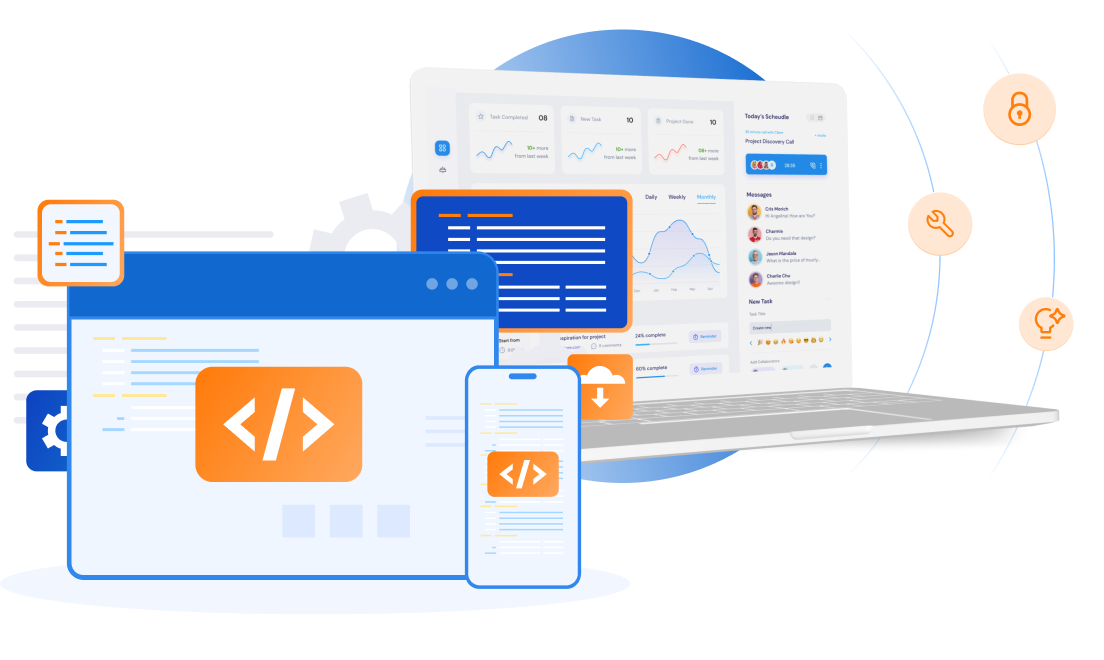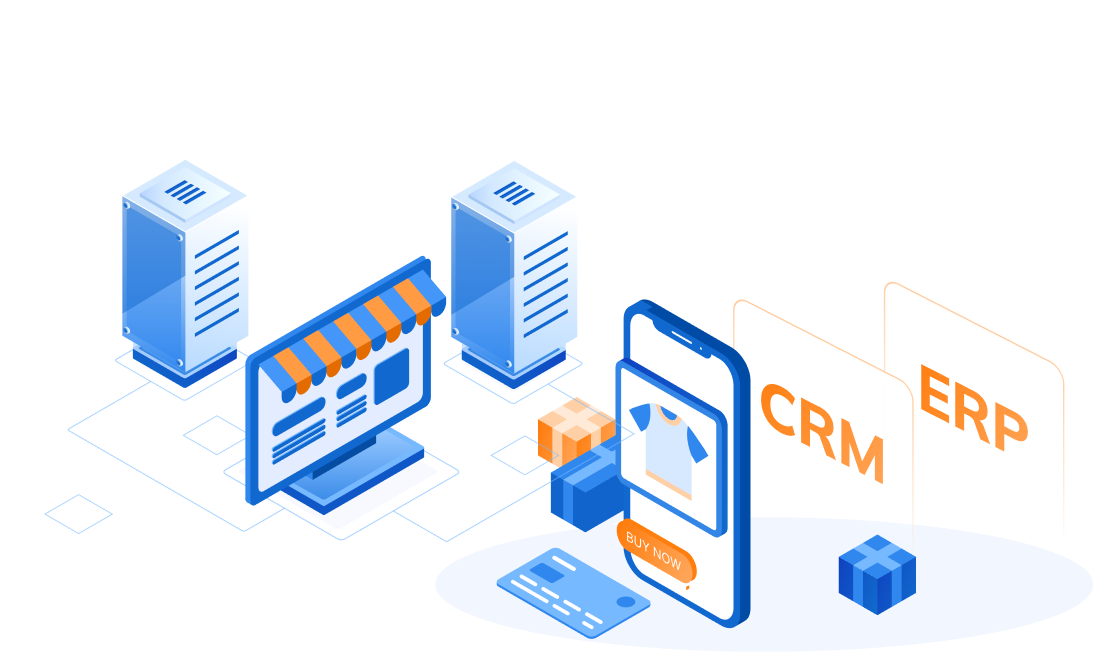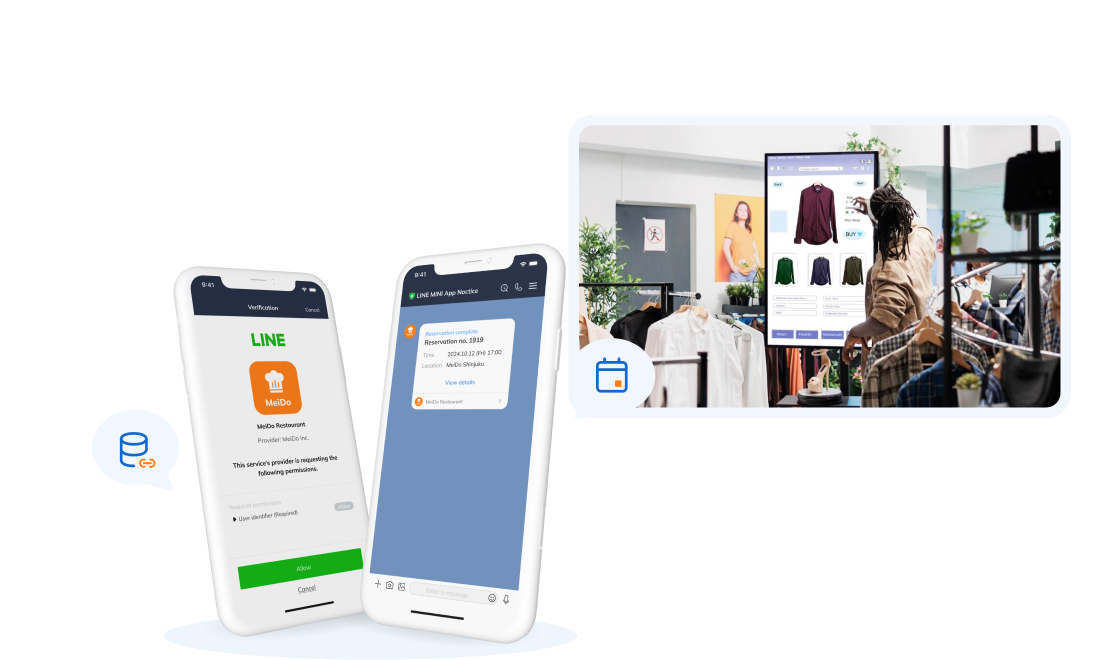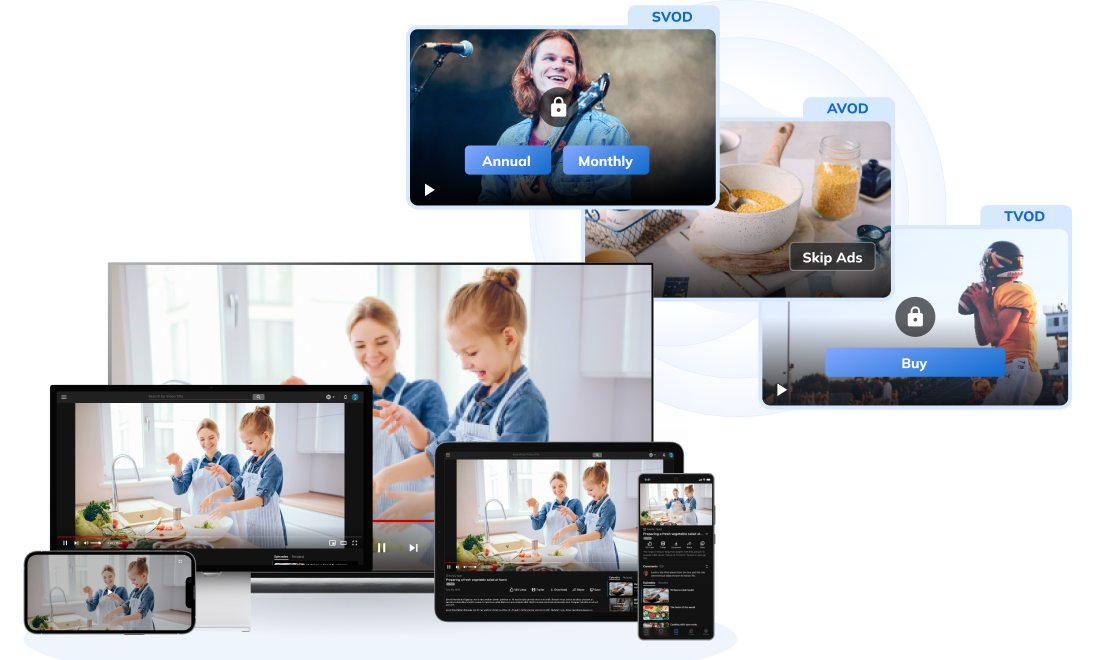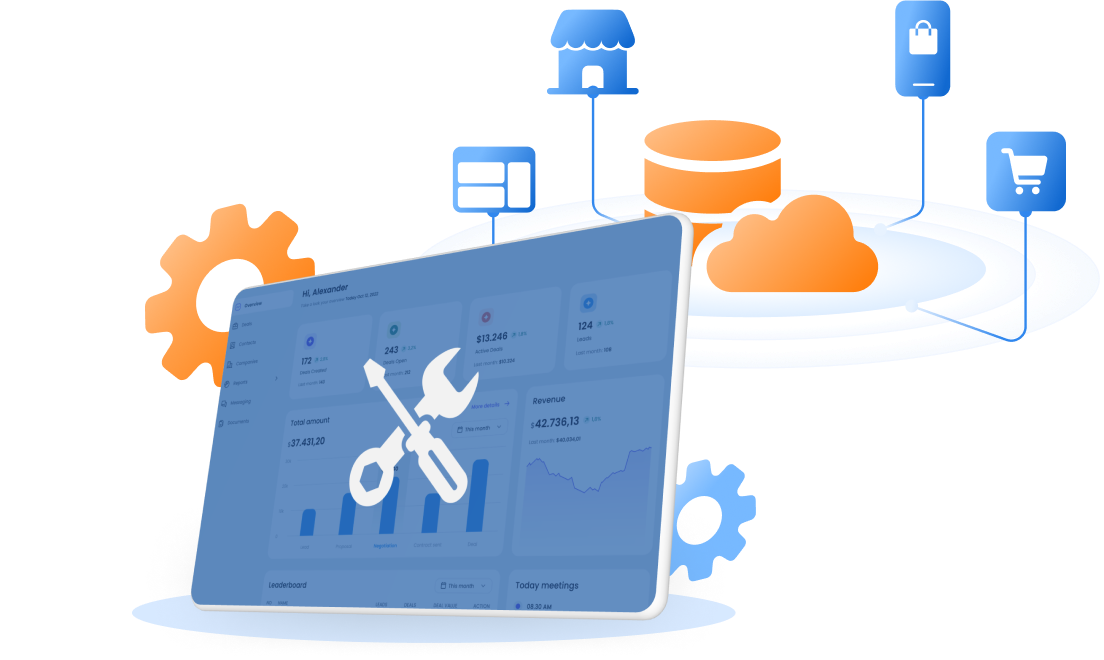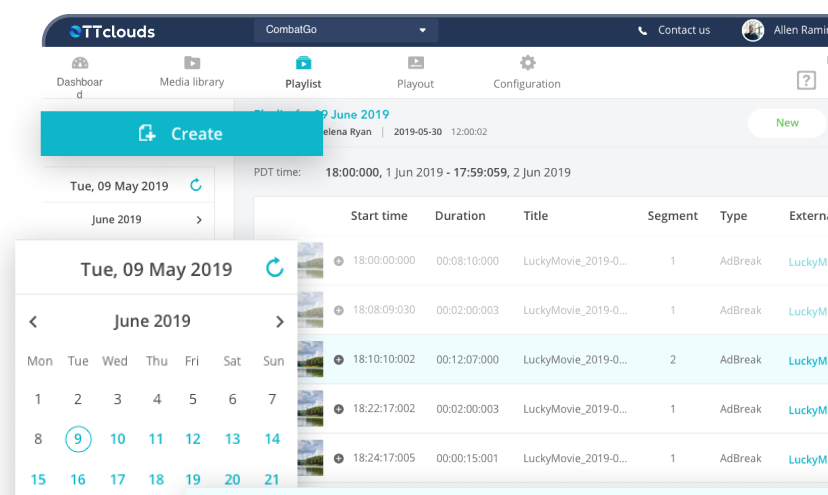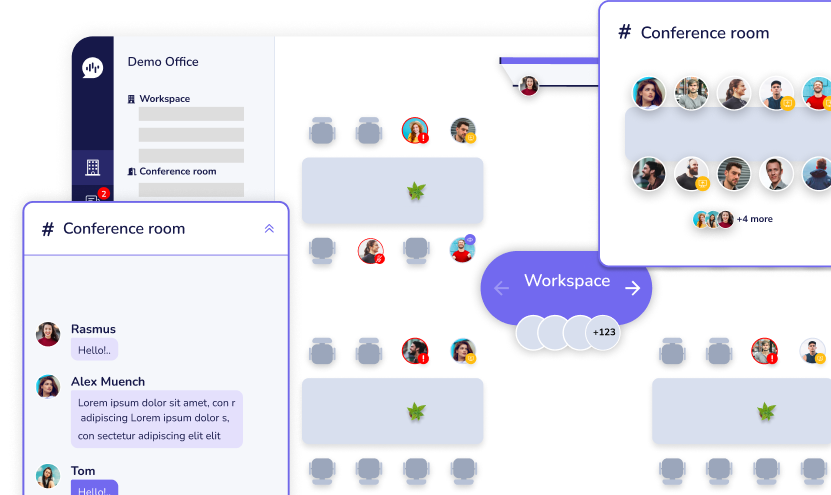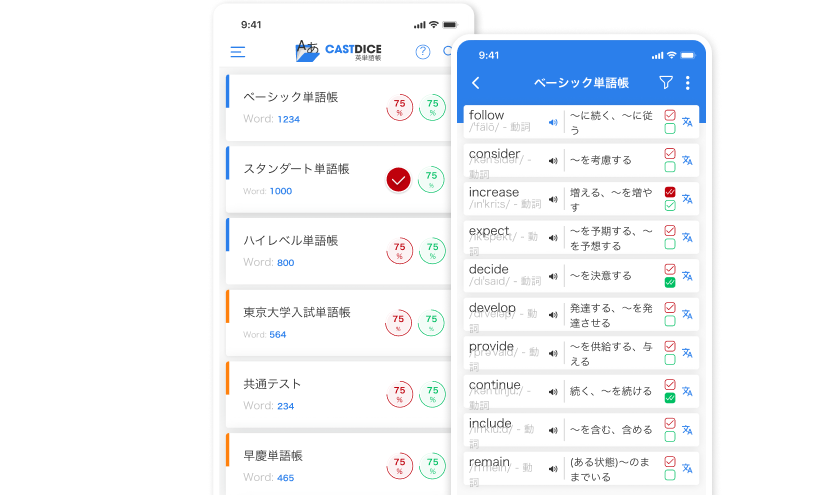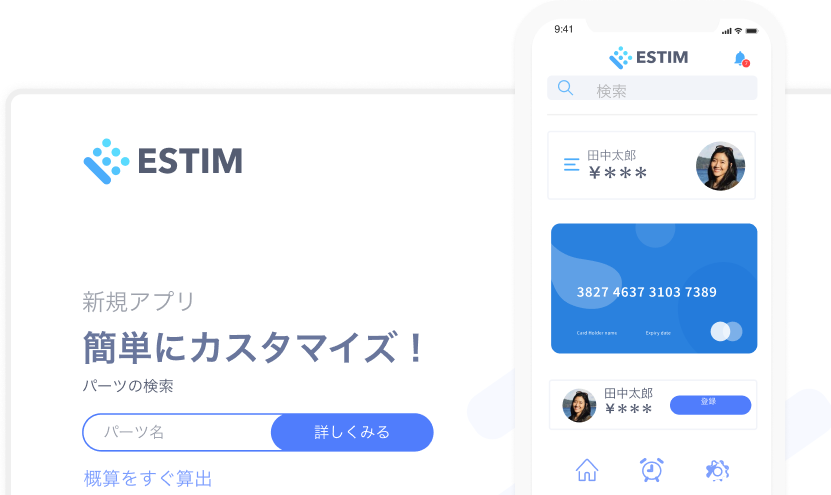Japan – A journey of connection, learning, and cultural exploration
11/06/2025
610
Table of Contents
From November 11 to 17, 2024, the SupremeTech team traveled to Japan with three main goals in mind:
- To explore and learn from Japanese corporate culture
- To visit and work with key clients: This included a visit to Classmethod (CM) and on-site discussions with one of the major clients involved in a key project at our company
- To attend Inter BEE, one of Japan’s leading tech events. The exhibition brought together cutting-edge trends in broadcasting, content creation, and digital entertainment — a must-see for anyone in the industry.
Beyond the professional takeaways, the business trip gave us a deeper glimpse into how the Japanese work, connect with others, and shape their distinctive workplace culture.
Detailed Agenda
Time: 11/11/2024 – 17/11/2024
Location: Tokyo – Chiba, Nhật Bản
| Date | Main activities |
| 10/11 | Travel from Vietnam to Tokyo |
| 11/11 | Work at Classmethod’s office & visit the client site |
| 12/11 | Continue working at Classmethod’s office |
| 13/11 | Attend Inter BEE 2024 in Chiba |
| 14~15/11 | Remote work from hotel: content wrap-up and business trip report preparation |
| 16/11 | Weekend break – Explore Hakone, enjoy hot springs, and the beauty of the Japanese landscape |
| 17/11 | Return to Vietnam |
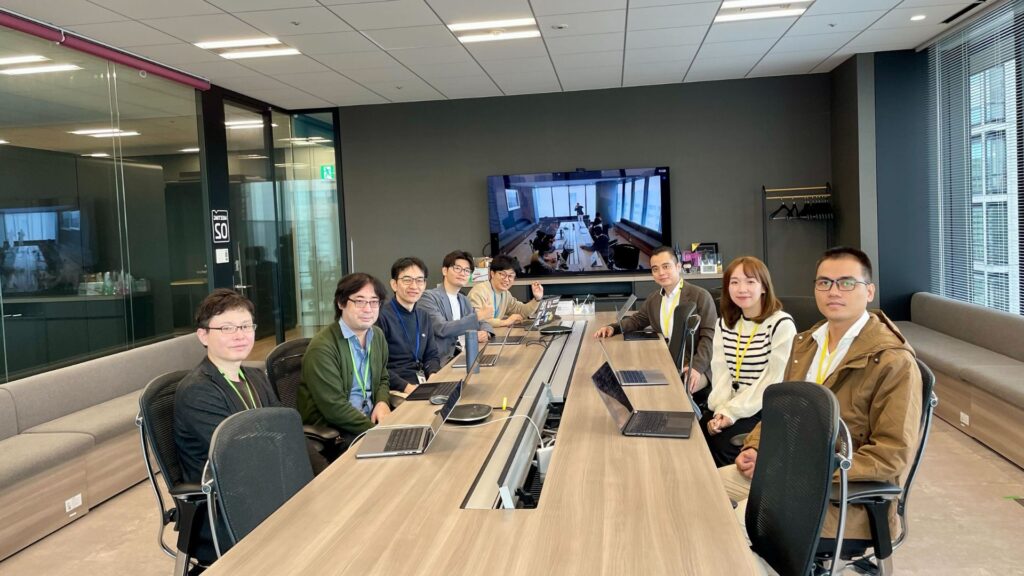
Unforgettable Moments & Highlights
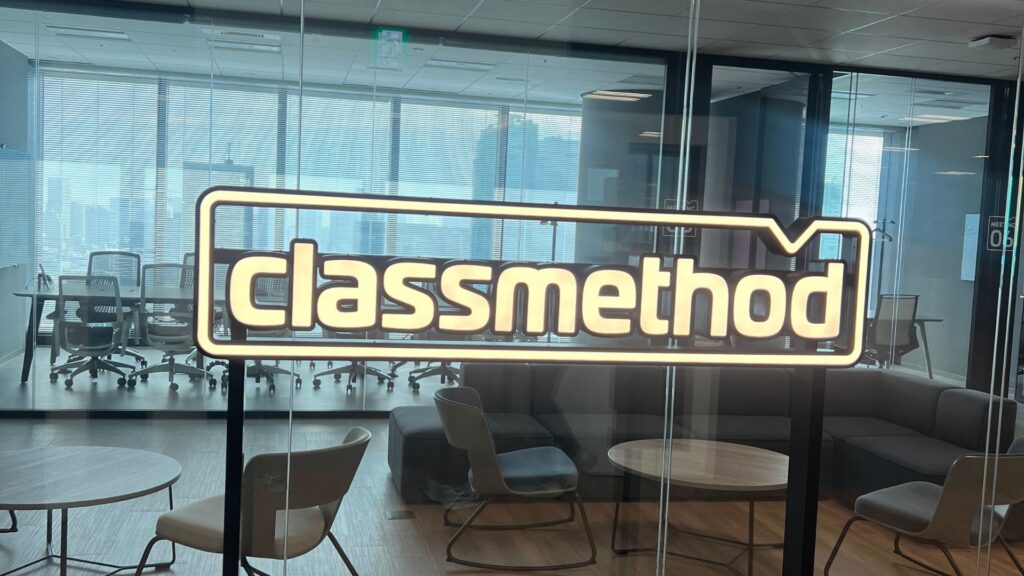
Office day at Classmethod & client meeting for the project
First Two Days: At Classmethod’s Tokyo Office
Our first two days were spent working at Classmethod’s office, located on the 26th floor of Hibiya Tower — right in the heart of Tokyo. From up there, we were treated to a sweeping view of Tokyo Tower, and even caught a glimpse of Tokyo Skytree in the distance — a truly breathtaking sight that had us all pausing in awe.
The office is thoughtfully designed, with a variety of modern, functional spaces:
- Cafeteria area: An open, friendly space where people can grab tea or coffee, chat freely, or even get some work done. One particularly charming detail was the “souvenir corner”, where employees leave small gifts or local specialties from their business trips — a fun and meaningful way to share experiences with colleagues.
- Meeting zone: Equipped with both group meeting rooms and private booths, this area supports a range of activities, from team discussions to quiet, focused work.
- Internal workspace: A spacious, quiet area reserved for employees — ideal for deep concentration.
In the afternoon of our first day, we headed out with Classmethod’s team to visit one of their key clients. We attended a vendor meeting, met the stakeholders in person, and gained a much clearer picture of how our collaboration might evolve in the future. It was a solid start and just the right dose of excitement for the first day.
Discovering Japanese Work Culture at Classmethod’s Office
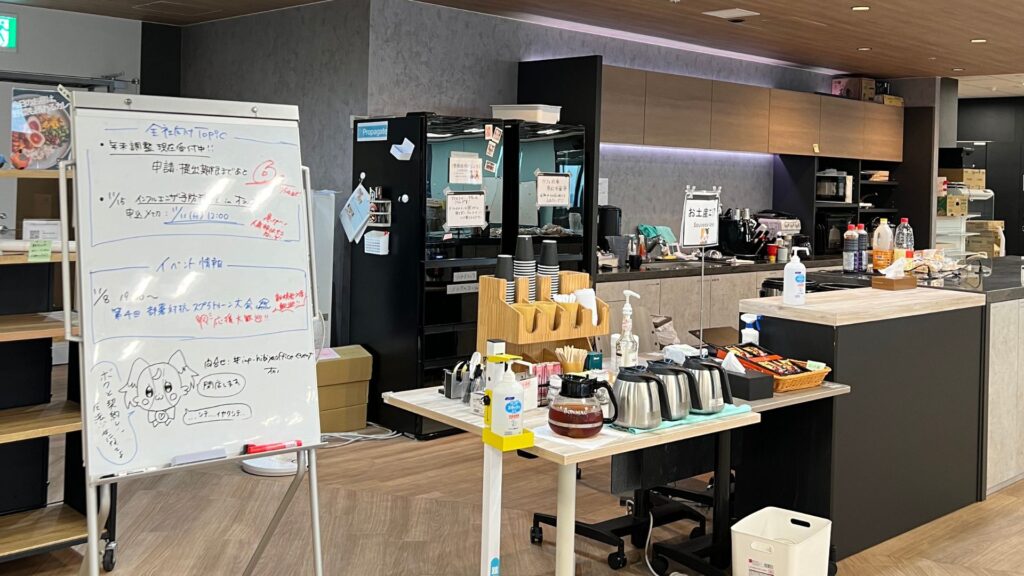
- Flexible and Respectful Work Environment:
The office features an open layout with minimal physical barriers but is smartly designed to maintain focus (e.g., personal booths and small meeting rooms). Everyone is encouraged to choose the work arrangement that best suits them. - A Culture of Sharing and Internal Bonding:
One great example is the “お土産 (omiyage)” corner in the cafeteria — a small but meaningful tradition of sharing. Boxes of sweets and gifts from different regions aren’t just snacks; they’re little stories passed around naturally among colleagues, building bonds and sparking conversations. - Focus on Health and Comfort:
Free tea and coffee are always available, and there are cozy spots throughout the communal area where you can take breaks and relax. This thoughtful care helps everyone recharge and stay creative throughout the workday.
We truly felt that this is a workplace where people are respected, connections are encouraged, and productivity doesn’t come from pressure but from a spirit of initiative and mutual support.
Meeting the Vendors Collaborating on the Project
- At the Vendor Meeting, we were warmly welcomed with coffee and pastries — a perfect example of “omotenashi,” the Japanese spirit of hospitality. When I introduced myself as being from Vietnam, everyone was pleasantly surprised and delighted, which created a friendly and warm atmosphere right from the start.
Through the meeting, we not only got to know our partners better but also clearly felt how important personal communication is in technical collaboration — something that online meetings sometimes struggle to capture.

Memorable Moments Beyond Work:
A Fun Visit to a Major Restaurant Chain (Day 2)
On the morning of Day 2, before heading to the office, we stopped for breakfast at a restaurant that’s part of a well-known chain — and interestingly, also a client in our current project for a takeout ordering system.
- The menu was huge. It took us a while to finally decide on our breakfast picks.
- The restaurant had adorable cat-shaped serving robots with expressive digital faces, but our table was actually served by a real staff member (still cute, though!).
- Even though it was just a quick breakfast, being in the actual space where our product is used gave me a much clearer sense of the customer’s needs. It was a small but meaningful reminder of why we build what we build.
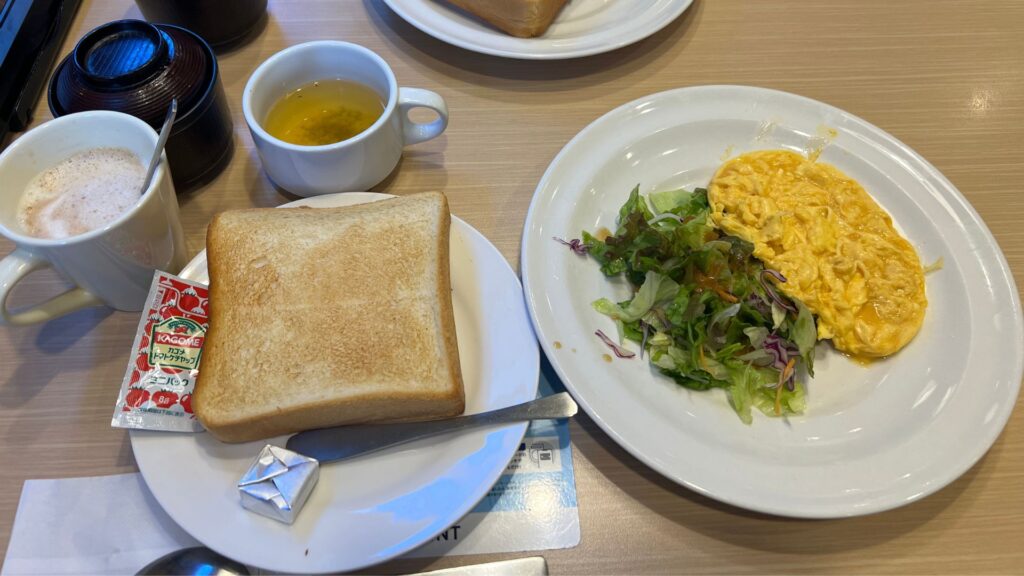
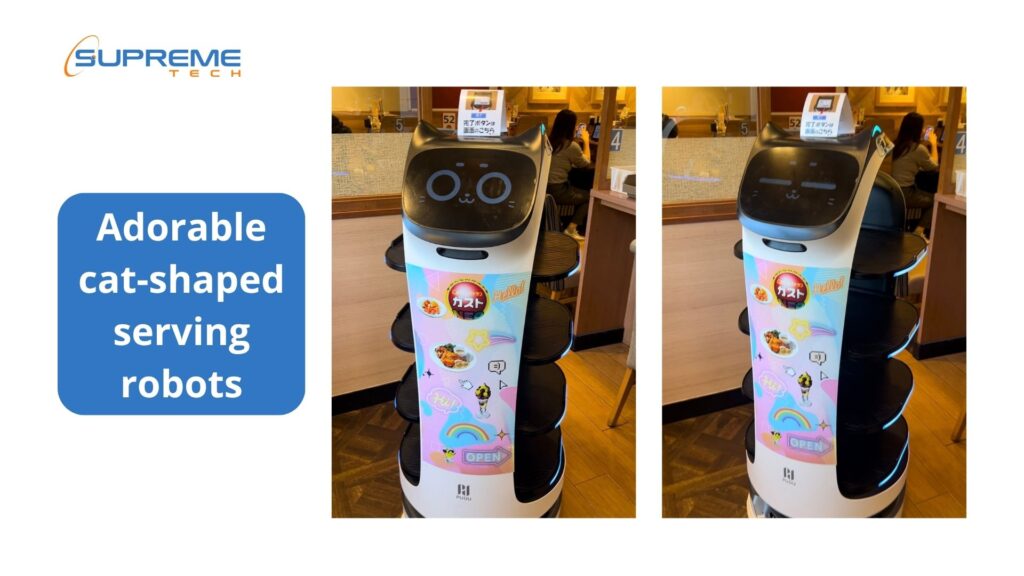
Attending the Inter BEE event

Inter BEE is Japan’s biggest tech exhibition dedicated to broadcasting, video, audio, and communications. It’s where major players like Panasonic, Sony, and Hitachi showcase cutting-edge technologies alongside smaller companies offering innovative tools, from video editing software and specialized storage devices to creative graphic design solutions.
Some of the standout trends we saw at the event included:
- AI-powered content production
- 4K/8K broadcasting and cloud-based transmission solutions
- New VR/AR applications in entertainment
Impressive Moments from Inter BEE
Attending Inter BEE was a completely new experience for me, not just because of its massive scale, but also thanks to the level of professionalism and precision in every detail of the event.
Our Company’s Activities at the Event:
- Our team, in collaboration with our partner Enlyt, set up a booth to showcase CloudTV (internally known as OTTclouds) — a cloud broadcasting platform currently being developed and deployed for the Japanese market.
- While Mr. Hoang, the project lead, was busy welcoming visitors at the booth, I had the chance to explore the entire exhibition and dive into the latest technologies in the industry.
A Few Highlights That Stood Out:
- Flawless “Japanese-style” organization:
From the booth layout and clear navigation signs to helpful staff everywhere, everything was organized with incredible logic and clarity. Despite the venue’s size, finding our way around was surprisingly easy. - High-quality tech booths:
Every exhibitor put real effort into both content and presentation. The booths were visually impressive, filled with interactive demos and staff who were well-trained. Some even let visitors try out cutting-edge technology, such as VR gear or TV production systems, right on the spot. - An authentic feeling for the broadcast-media world:
For the first time, the TV and broadcast industry felt tangible to me — no longer distant or abstract. Seeing massive cameras, complex post-production setups, and live demos of AI dubbing or audio processing gave me a whole new appreciation for what happens behind the scenes of every show we watch. - Learning through conversations:
Beyond just looking around, I also had the chance to chat briefly with staff from a few booths. Even though I couldn’t catch every technical term, those exchanges were incredibly meaningful — a reminder of how valuable honest, human-to-human knowledge sharing can be.
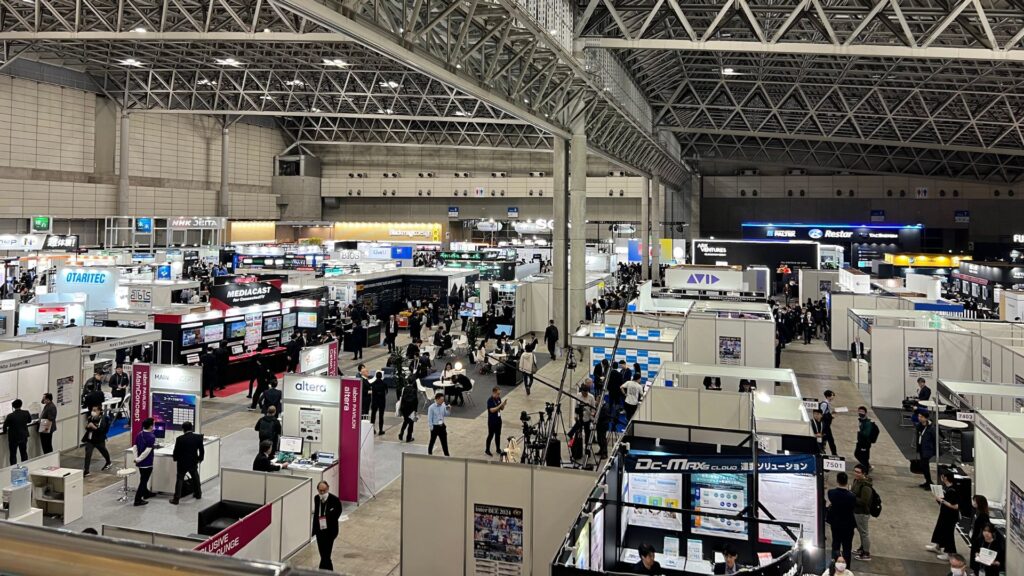
What I’m Taking Home from the Business Trip

Our business trip to Japan brought so many meaningful takeaways — not just for me, but for the whole team:
- We got to see firsthand the meticulousness, warm hospitality, and thoughtful spirit of sharing that define how Japanese companies operate.
- From meaningful conversations to in-person meetings, we deepened our connections, especially with strategic clients involved in our company’s flagship projects.
- Inter BEE provided us with a front-row seat to the latest developments in broadcasting and digital entertainment — from AI-powered tools to immersive media solutions.
This Japan business trip wasn’t just about understanding our clients or getting updates on current projects — it was also a rare chance to immerse ourselves in Japanese corporate culture, learn from how events are run, and truly feel the professionalism that drives the way people work in Japan. We’re hopeful that this won’t be the last time. Here’s to more chances in the future to reconnect, learn, and grow together.
Snapshots from the Business Trip
More snapshots from the Classmethod office and our client visit
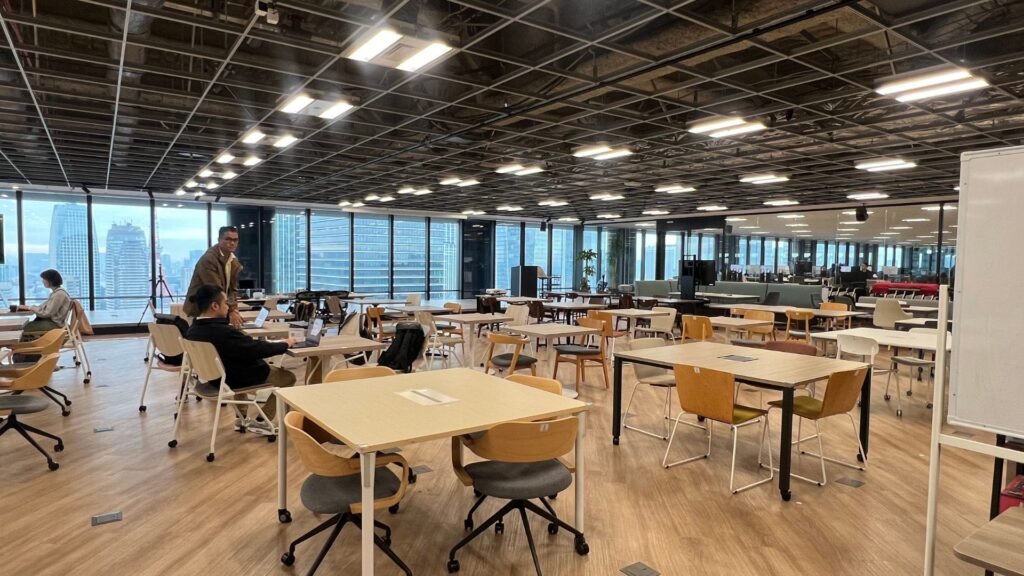
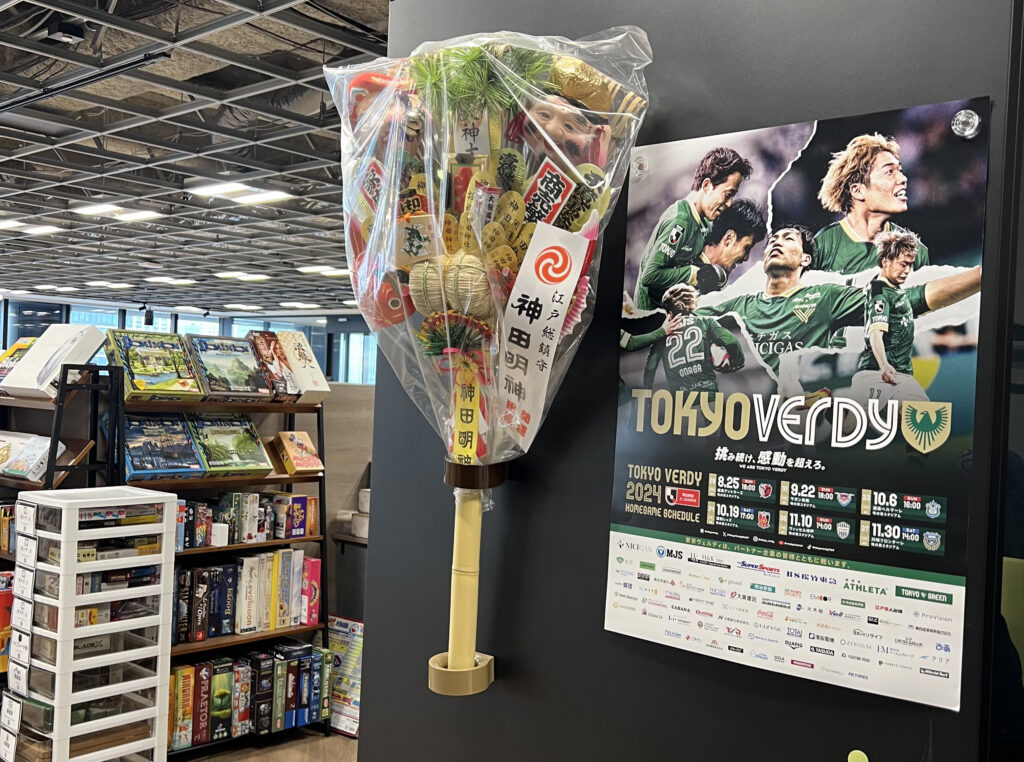



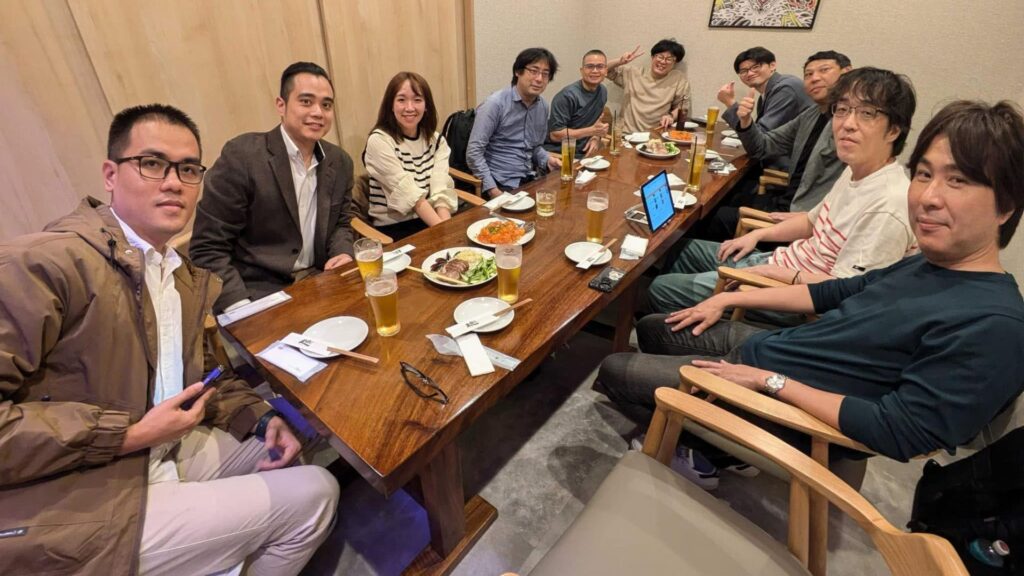
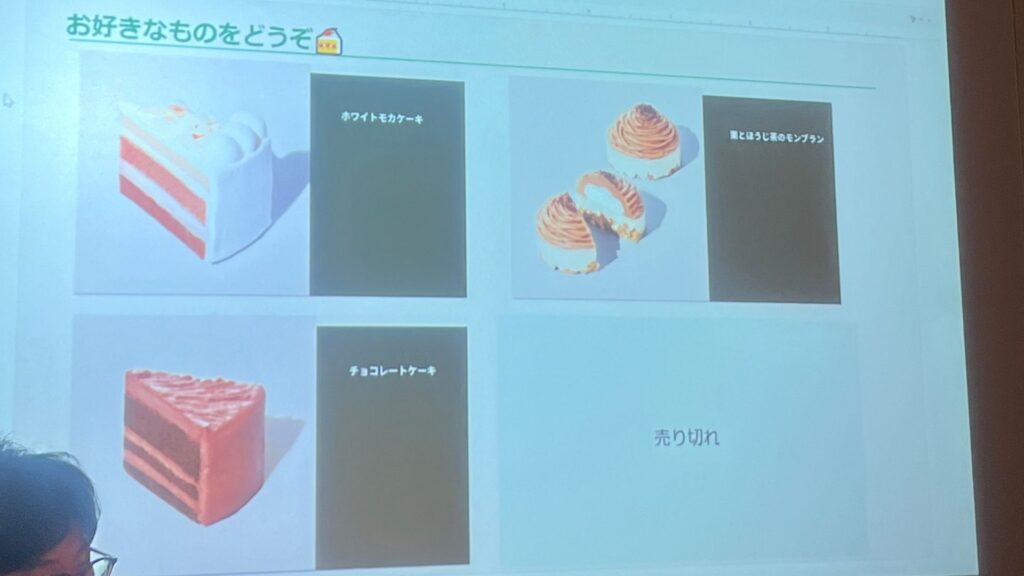
Some photos from the Inter BEE event
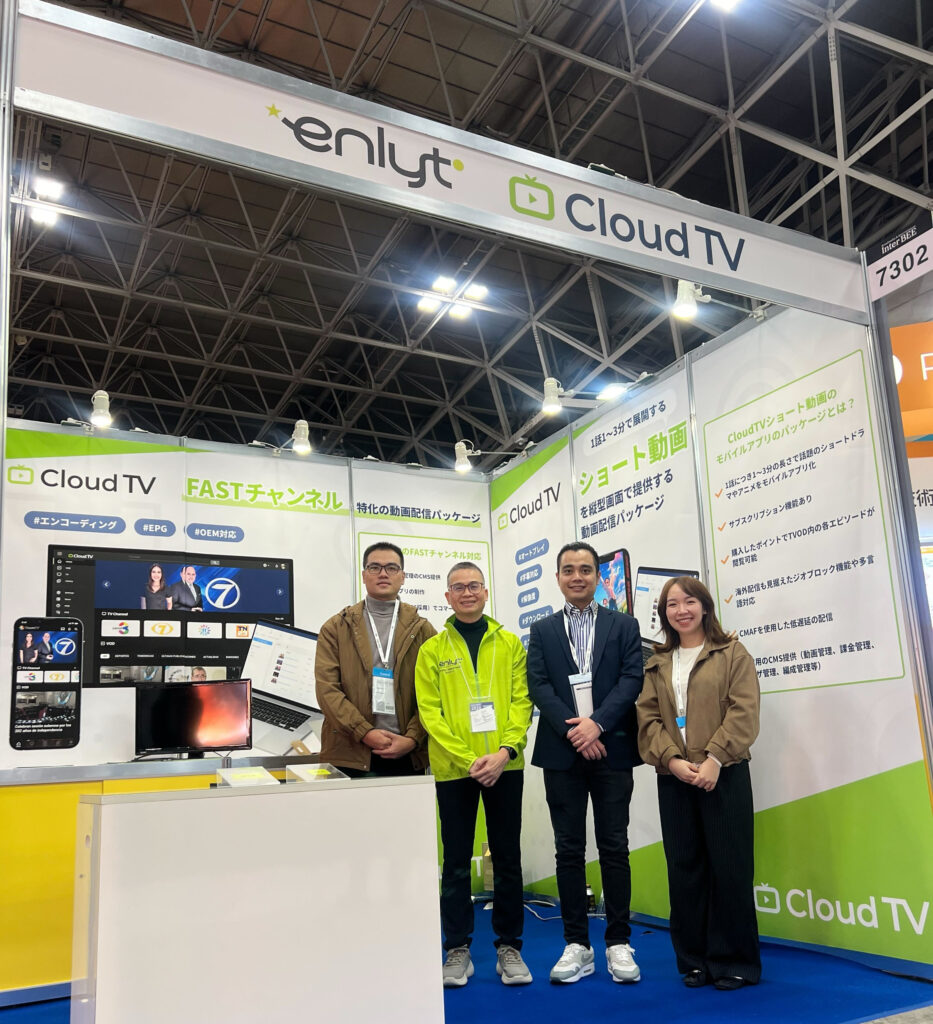

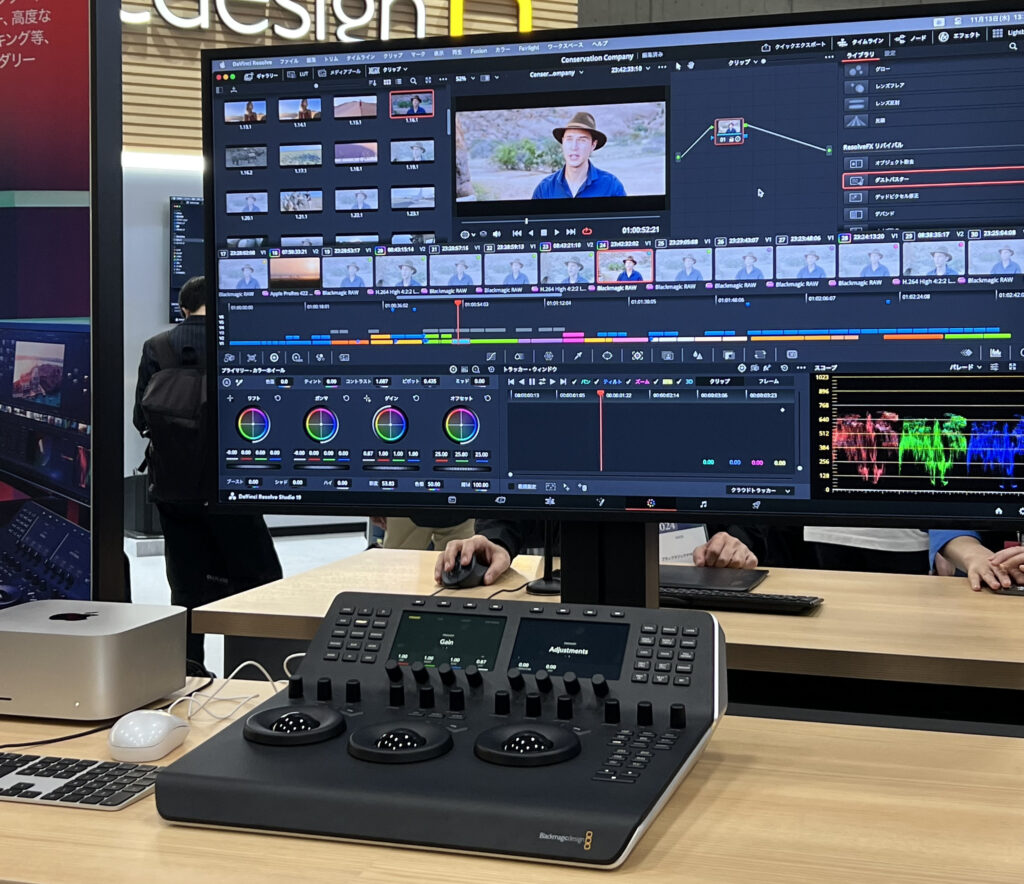

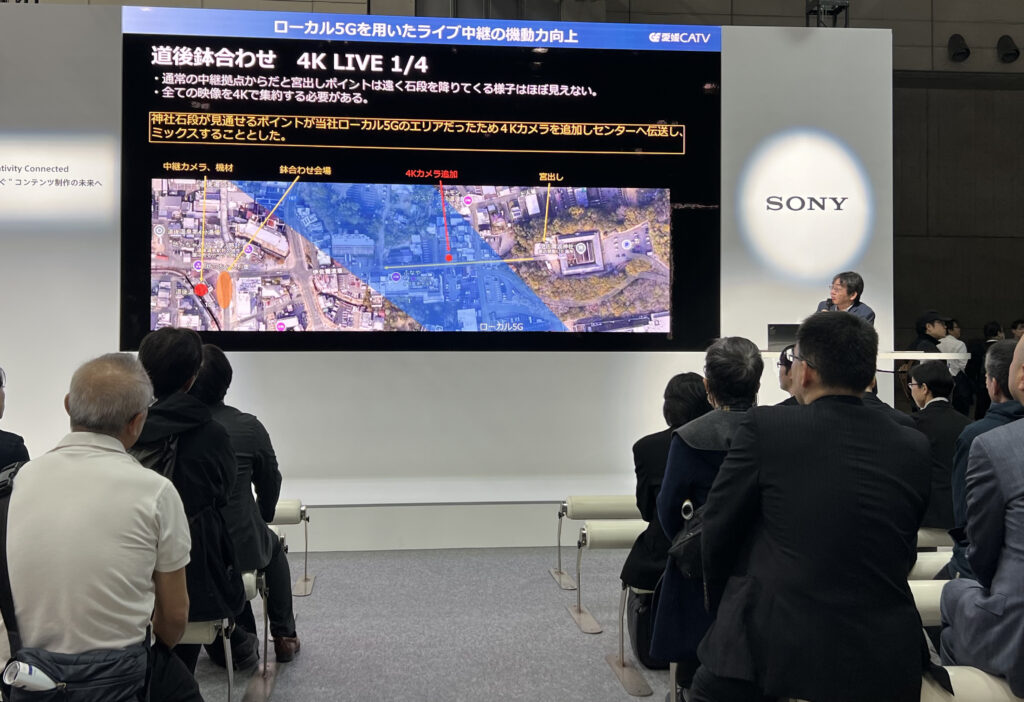
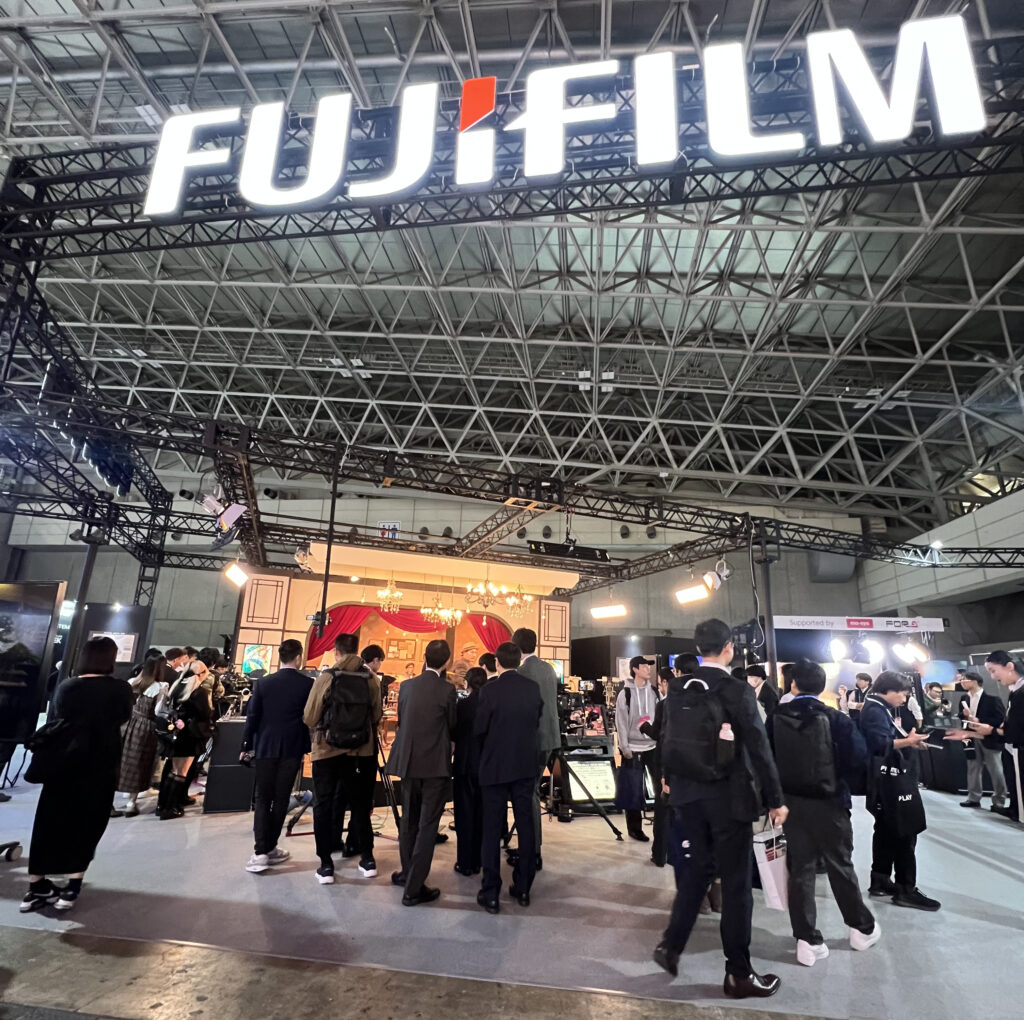
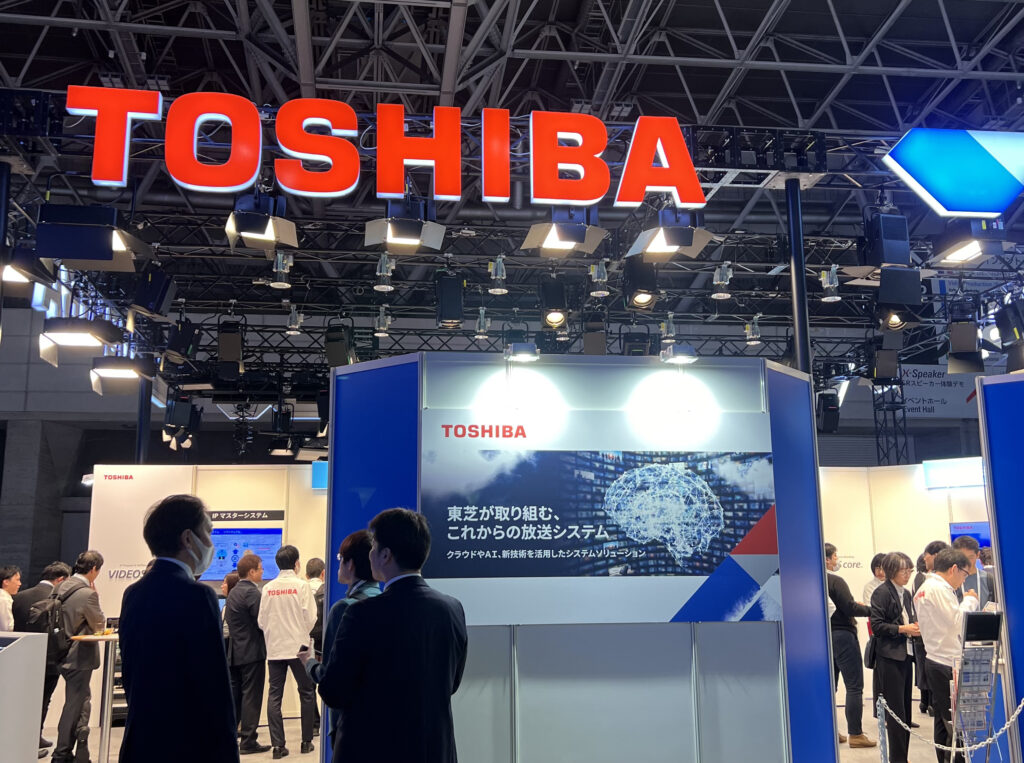
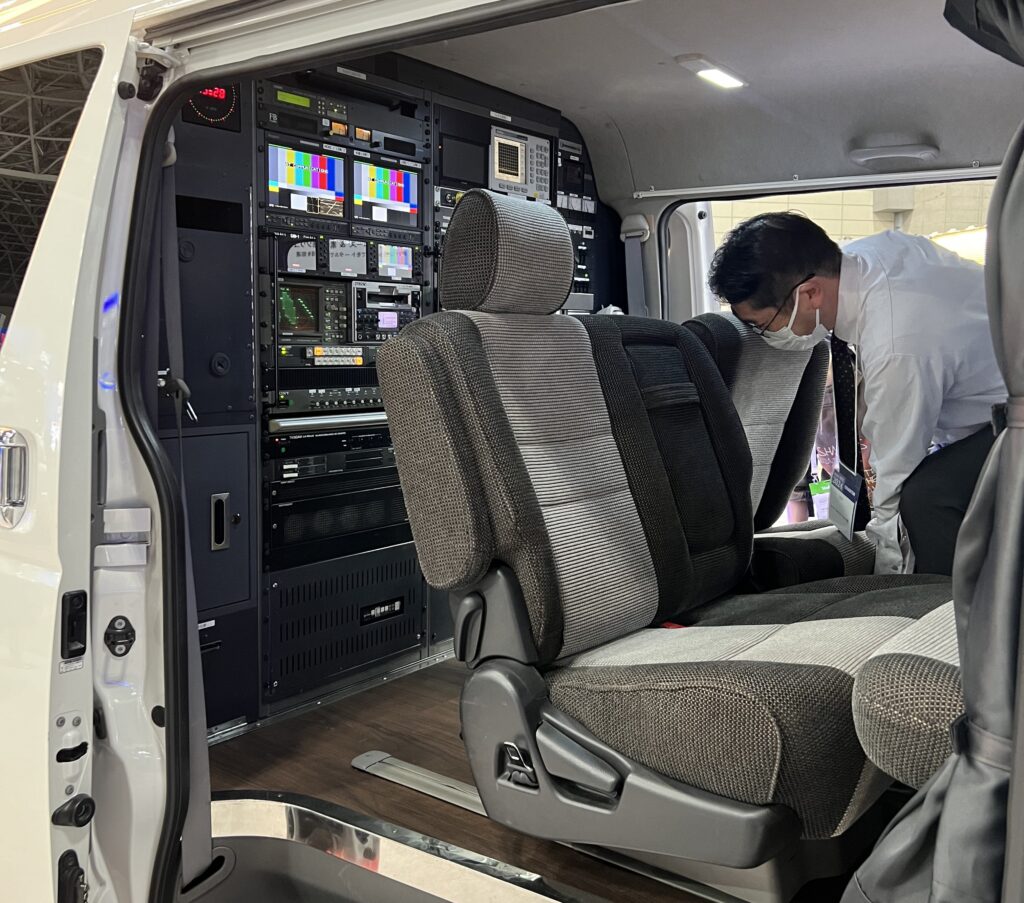
Related Blog


